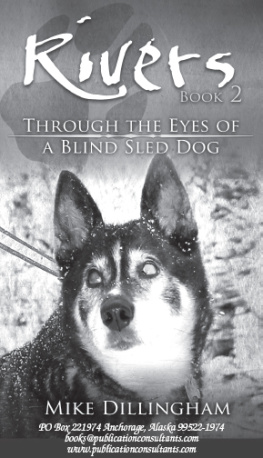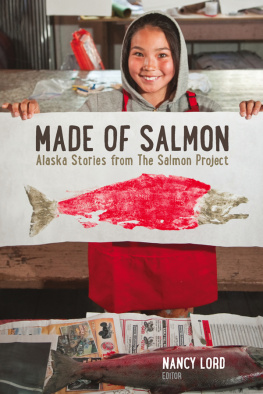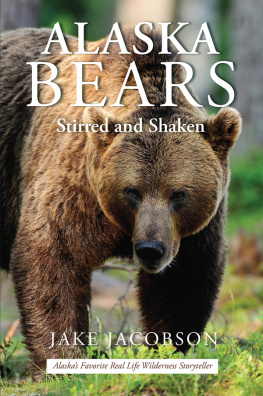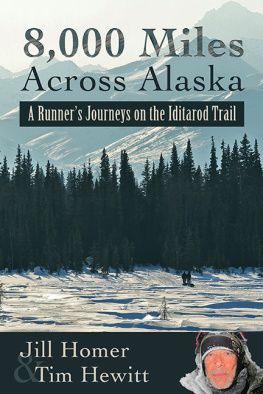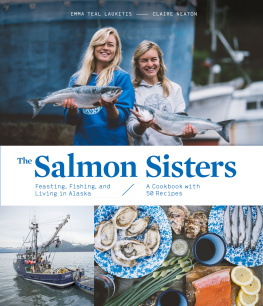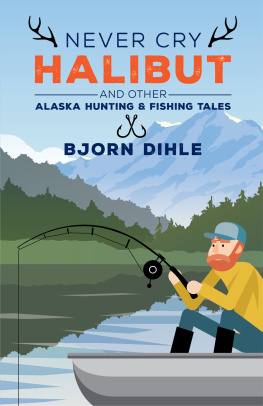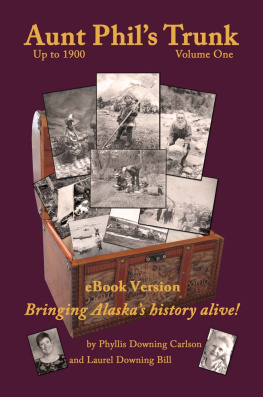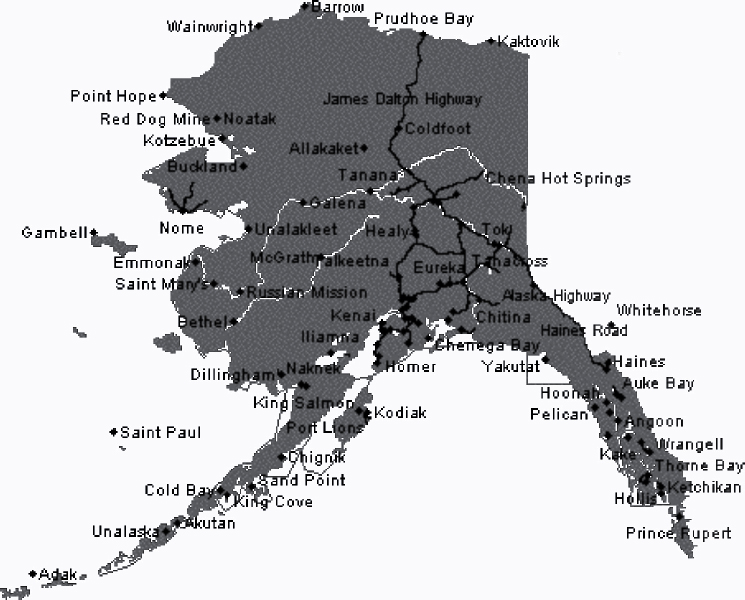Oh, my. There are so many people to thank for their involvement in my project. This book. It would not have been possible without the many people who participated in so many activities and adventures that allowed me to learn and write about Alaska during the past 29 years. This begins with my family who were involved in many of the activities that were the nuclei of many experiences and thoughts that became the chapters of this book.
First; I say thank you to my wife, Karel, who has been a frequent companion in a myriad of Alaska adventures. She has offered continuous support, suggestions, patience, and encouragement and especially, typing services. Next, thanks to Bill, Donna, and, Peter, our son, daughter, and son-in-law, respectively, who were also part of many activities and contributed ideas, proofreading, and critiques to fuel my writings.
There were many other people who were involved with events and activities discussed in this book; most often, Hazzy, Joe, Loren, and Nick, but there were many work colleagues, relatives and friends who gave me the opportunities to see and experience Alaska and to share it with them and you.
Over the many years of writing and sharing these letters, various readers offered feedback and suggestions that led to this publication. I thank them for their encouragement.
Thanks go to Marthy Johnson for her editing and encouragement.
Evan Swensen provided constant support and suggestions in the process of the publication.
Introduction
Short stories about living, working, and recreating in Alaska
Winter, 2008.
Hey, Hello.
How are you doing? It is a pleasant time here in Anchorage, Alaska. It is snowing today, but it is a very pretty and gentle snow and the redpolls and chickadees are already busy doing their job at our feeders. We are happy for the snow because cross-country ski races are going on and it is just a week from the start of our annual winter carnival, the Fur Rendezvous, which includes the famous World Championship sprint sled dog races as well as snow sculptures, fireworks, a parade, and many other events and activities. In a week, the long distance Iditarod sled dog race from Anchorage to Nome will start.
When I moved here with my wife, Karel, son, Bill, and daughter, Donna, in 1980, some folks laughed and reminded us that Los Anchorage is not really Alaskabut you can see it from there. Nevertheless, we have enjoyed living here and I appreciate the amenities of a big city while I have been fortunate to make frequent visits to the real Alaska through both work and recreational activities. But getting around in Alaska is a lot different and a lot less predictable than getting around in Anchorage. Alaska, you see, is a big piece of landscape with an area roughly equal to a third of the Lower 48as the rest of the United States is called. Also, places outside Alaska are referred to simply as Outside.
Our road system, however, is limited and vast spaces of the state are accessible only by small charter aircraft or watercraft during much of the year. Winter overland travel is enhanced by the use of snowmachines. Travelers may make travel plans and schedule trips, but the actual schedule is simply defined by weather conditions. When conditions are not safe, travelers must wait, and late arrivals simply explain, I was weathered in. This is an explanation all Alaskans instantly recognize and understand and no further discussion is required.
Recreating and working in Alaska, therefore, often includes long periods of waiting and indeterminate lengths of time with nothing to do. Experienced travelers plan ahead and have a paperback book handy to read and pass the time. Most often, I have typically used that time to write, usually, in the form of a letter to share my feelings and experiences with relatives and friends, many of whom live in the Lower 48. So, that is just what this book is all about: letters and experiences from inside Alaska to the Outside.
These letters represent a sort of verbal snapshot of what was going through my mind and of the experience that I was living. As such, they were not preplanned, but represent a flow of thoughts. As I gathered them into book form, they have not been extensively rewritten or recreated, but lightly edited only to improve readability.
I am feeling good and I hope that you are having a good day, too.
Talk with you later.
Bill Hauser
Section OneLive Alaska
Chapter One
Bear Watching
Bear watching has become an important tourist activity in Alaska and Katmai National Park has become a popular destination to safely observe and photograph concentrations of coastal brown bears at close range.
July 14, 1996
Hello, good evening.
It is hard to start this letter. It is just hard to know how to start.
Donna just said, This was a good day. She is right. Presently, she is unfolding her sleeping bag and complaining about a big lump right under where her butt is supposed to be. We have moved into the last of the 20 available campsites here at Katmai National Park and Preserve. We will be here for nearly a week. We are here to photograph bears. And do some fishing, too. And camp. (Can you believe this, Donna has started doing sit-ups!)
We arrived at about 4:30 p.m. and began to set up camp and make supper. Before we could even eat supper, we had already seen 10 bears. After supper, we went to the lower viewing platform and saw perhaps 20 more. As well as a large-sized bull moose. So far, it has been absolutely awesomeand it has just begun. We have five more days to go. I am tired.
More later.
July 18
That was not much of a start. I will try harder this time.
Bears. We came here to see bears. We see bears everywhere! Anywhere. Any time. Middle-sized bears. Miniature bears. Singles. Doubles, more. The most we saw all at the same time was 13. And a mother bear with two cubs; another with three cubs. They are close and far and, thankfully, none has been too close.
Bill Jr., Donna, and I had flown from Anchorage to King Salmon, where we boarded a floatplane to get here to Katmai National Park and Brooks Lodge. The trip actually began last January, when after two hours of nonstop dial and redial, I made a phone-in reservation to camp here for the week. It has been a wonderful trip so far. When we get tired of doing whatever we are doing, we go look for another bear. We have rarely waited longer than a half hour before another one showed up.
Brooks River is part of the headwaters of the Naknek drainage in Bristol Bay and most of the streams and rivers of Bristol Bay are crowded with sockeye, or red, salmon. Brooks River has an abrupt 6-to 8-foot falls, which is a challenge for the salmon to jump. They pause below the falls until they are ready to jump. While they wait, they become bear food. These bears migrate from 40 or 50 miles to take advantage of this tremendous food source; and because the food is abundant and easy to catch, they become unusually tolerant of other bears at nearby feeding stations.


